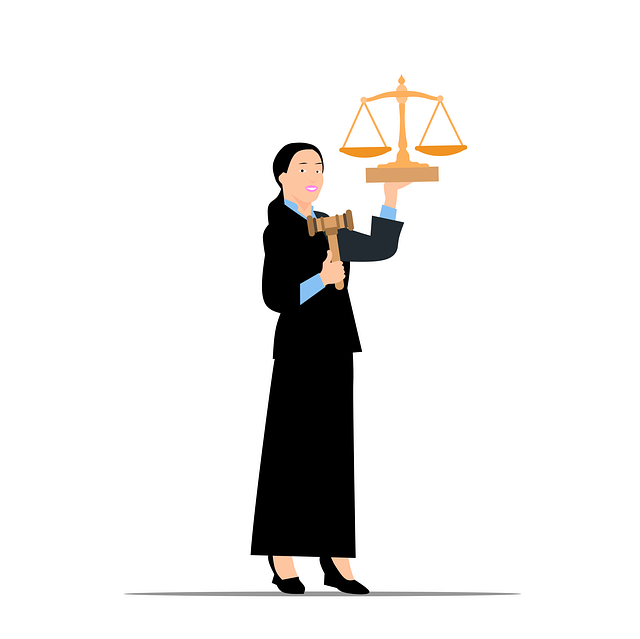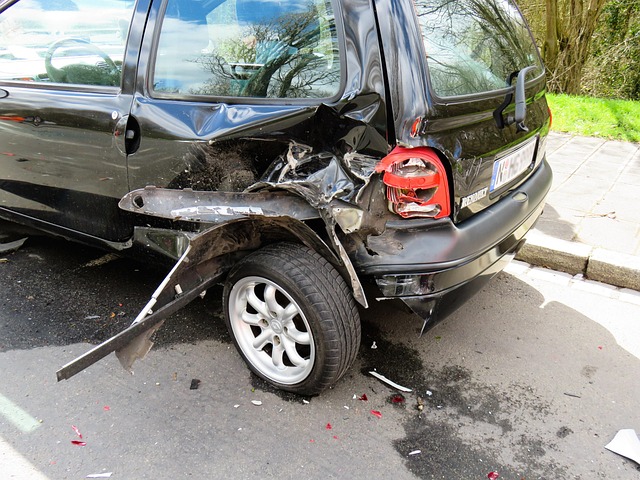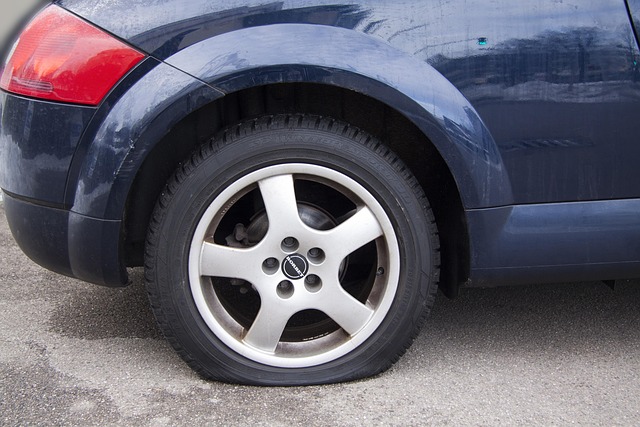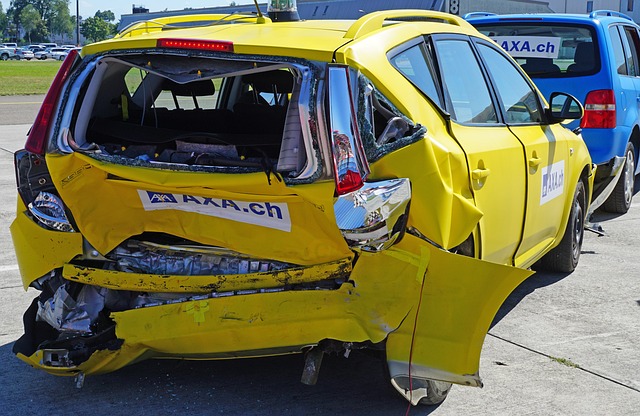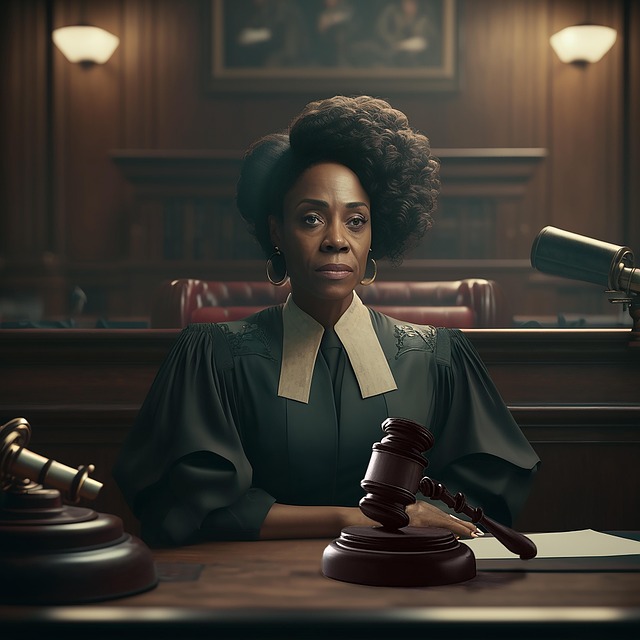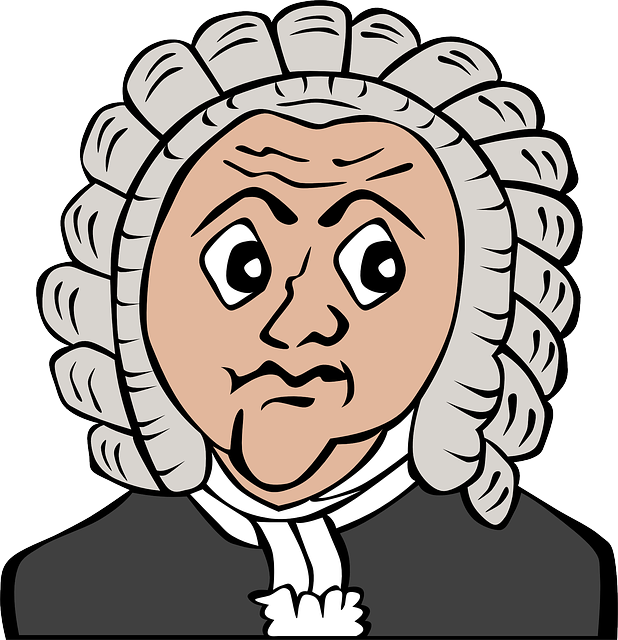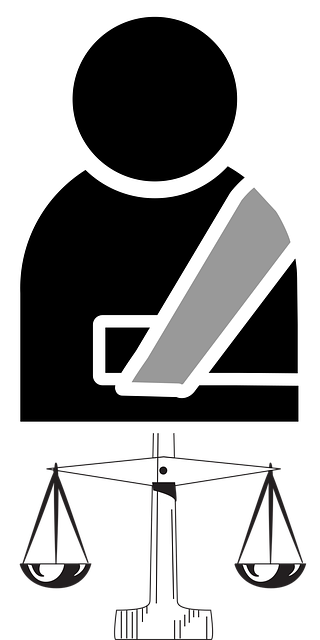Pedestrian accident claims seek justice and financial support for victims harmed due to another party's negligence, involving complex liability assessments. Victims may face physical and emotional trauma, requiring understanding of their legal rights to ensure fair compensation and hold negligent parties accountable for future safety improvements. Overwhelming though it seems, the process starts with gathering incident details, identifying responsible parties, and exploring available compensation. Maximizing compensation requires documenting all damages and exploring various liability avenues, including product liability claims, with assistance from a qualified attorney.
“Are you a pedestrian injured in an accident? Understanding your rights is crucial. This guide navigates the complexities of accident claims, focusing on compensation for pedestrians. We explore the process step-by-step, from understanding your legal options to maximizing your injury compensation.
Learn how to initiate a claim effectively, ensuring a strong case and fair settlement. Whether it’s a car collision or a trip hazard, this article provides insights into what constitutes a valid accident claim, empowering you with knowledge in this intricate landscape.”
- Understanding Pedestrian Accident Claims
- The Process of Making an Accident Claim
- Maximizing Compensation for Your Injury
Understanding Pedestrian Accident Claims

When it comes to understanding pedestrian accident claims, it’s crucial to grasp that these legal processes are designed to provide justice and financial support to individuals who’ve suffered harm due to another party’s negligence. Whether a pedestrian is struck by a vehicle, falls on dangerous premises, or becomes the victim of a trip hazard, their rights entitle them to seek accident compensation. This process involves assessing liability, which can be complex; it may involve determining if the local government or property owner maintained their areas safely, or if a driver was at fault due to negligence.
Pedestrian accidents can result in significant physical and emotional trauma, leading to medical expenses, lost wages, and diminished quality of life. In light of these potential outcomes, victims should be aware of their rights under the law. It’s important to remember that accident claims aren’t merely about financial redress; they serve as a means to hold negligent parties accountable for their actions, ensuring that similar incidents are avoided in the future through improved safety measures and adherence to legal standards.
The Process of Making an Accident Claim
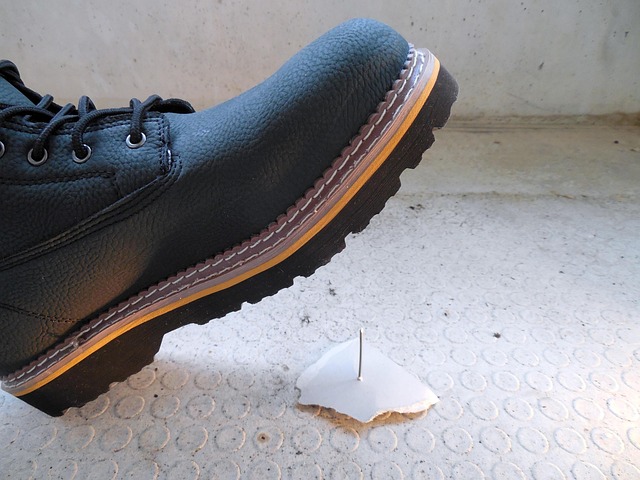
Making an accident claim can seem like a daunting task, but it’s designed to help those affected by an accident receive fair compensation for their injuries and losses. The process begins with gathering essential information related to the incident, such as dates, locations, and details of any injuries sustained. This step is crucial in building a strong case.
Next, it’s important to identify who or what is responsible for the accident. This could be another driver in a car collision, a property owner due to defective conditions on their premises, or even a manufacturer if a product was defective and caused harm. Once liability is established, you can begin considering different types of compensation available, including medical expenses, pain and suffering, lost wages, and property damage claims (if applicable). For instance, in cases involving product liability, it’s essential to document the product’s role in the accident.
Maximizing Compensation for Your Injury

When pursuing an accident claim for pedestrian injuries, maximizing compensation is a key goal. This involves understanding the full extent of your damages and presenting a compelling case to a car accident attorney or insurance company. Beyond immediate medical expenses, consider factors like lost wages due to time off work, pain and suffering, and any long-term disabilities or ongoing medical needs resulting from the incident. Documenting these losses thoroughly is crucial for a successful accident claim.
Additionally, when dealing with serious injuries or even wrongful death cases, exploring other avenues of liability beyond the at-fault driver’s insurance may be warranted. For instance, product liability claims could apply if defective road conditions or poorly designed intersections contributed to the accident. Engaging a qualified car accident attorney who can navigate these complexities and advocate for your rights is essential in ensuring you receive fair compensation.
When considering an accident claim for pedestrian compensation, understanding your rights and the process is crucial. By familiarizing yourself with these key aspects – from the mechanics of filing a claim to maximizing your potential compensation – you can navigate this complex landscape more confidently. Remember that, in light of the above, knowing your options and taking proactive steps to protect your interests is essential in ensuring a favorable outcome.
